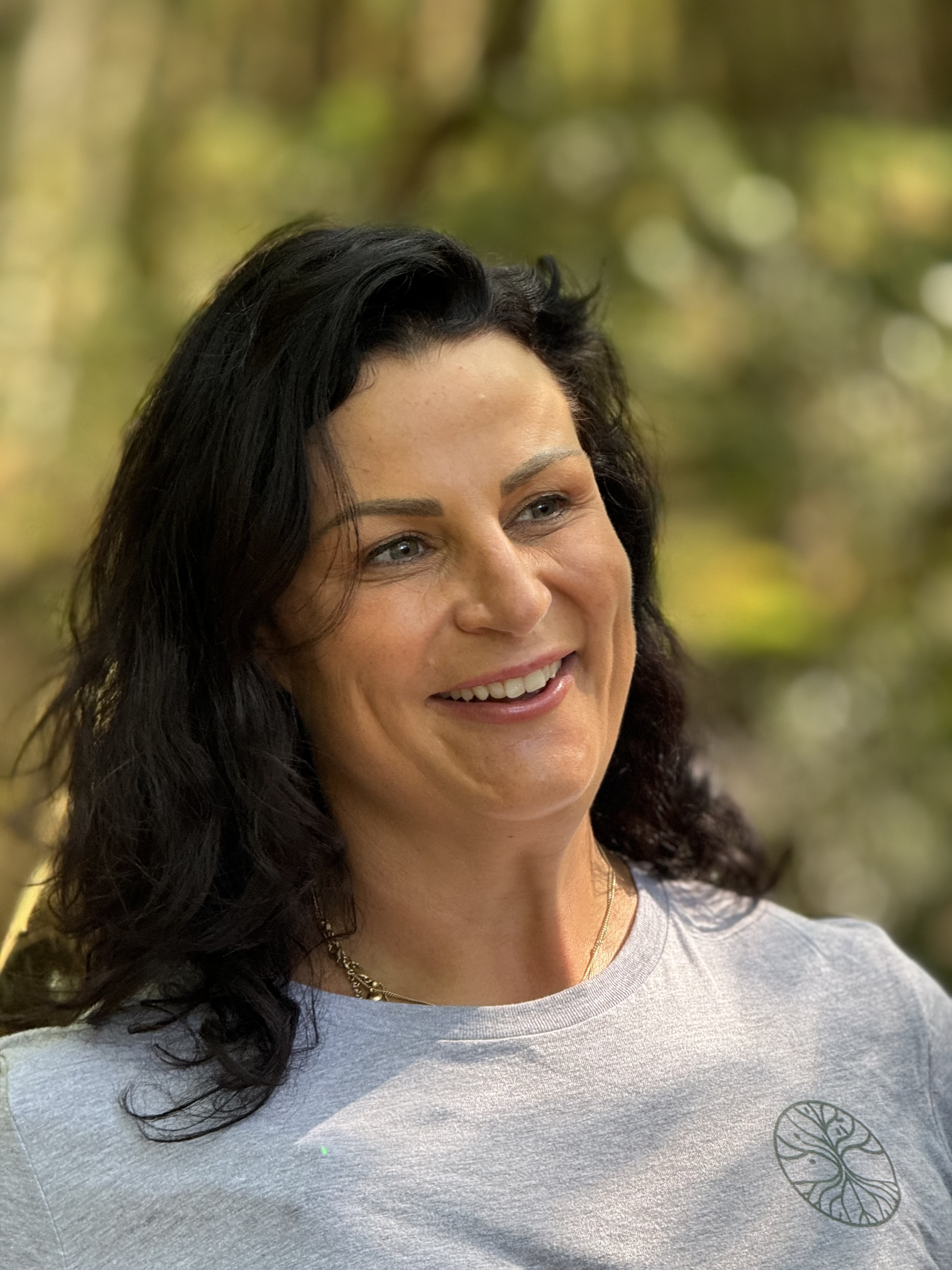Embracing and celebrating neurodiversity in project teams

As a neurodiverse individual myself, living with dyslexia and ADHD, I’ve seen how different ways of thinking can profoundly impact teams, projects, and ultimately, business outcomes. Whether it’s my own experience or through working with founders and executives in my coaching practice or as co-founder of the Diverse Directors Programme (DDP), I’ve witnessed first-hand the power of embracing neurodiversity. When we tap into a range of cognitive differences, it opens the door to creative and unexpected solutions.
Despite this, neurodiversity often gets overlooked in DE&I agendas, and even when it’s acknowledged, it’s too often reduced to stereotypes. You hear about the ADHD employee who’s great in a crisis or the autistic colleague with laser-sharp focus. While there’s sometimes truth in these examples, the reality is much more nuanced. The neurodiverse spectrum is vast, and we limit real potential by reducing people to narrow labels.
In project management, this blind spot can hold us back. When everyone in a team processes information in the same, neurotypical way, you’re missing out on the diversity of thought needed to solve problems creatively. Research shows that neurodiverse teams tend to be more innovative and better at solving complex problems. And today, where agility and innovation are essential, embracing neurodiversity isn’t just a “nice to have”— it’s key to staying competitive.
Setting neurodiverse teams up for success
As part of my ongoing quest to better understand my own brain, I’ve learned that working with my strengths — rather than trying to conform to a neurotypical model — unleashes far more of my potential. I spent years trying to fit into a "neurotypical" way of being, which left me exhausted and with little energy for innovation or for using any of my superpowers. Through my coach training and years of self-development work, I’ve worked through a lot of the shame tied to my neurodiversity. I now know that I need to let go of the expectation to do things the way others might.
For organisations and teams to truly harness diverse thinking, they must first create an environment that’s open and accepting. Curiosity about new ways of thinking and an appreciation for different behaviours must form the foundation. A thriving neurodiverse team starts with that kind of support.
Breaking the stereotypes
Embracing neurodiversity — and working with people in general — requires us to drop assumptions and see individuals, not diagnoses or traits. Instead of asking, “What’s wrong?” we should be asking, “What does neurodiversity mean for this person?” and “How can I help them thrive?” It’s the same approach we should take when considering any other form of diversity in the workplace.
Supporting neurodiverse team members is about much more than making adjustments or accommodations based on a diagnosis. It’s about understanding what makes them tick and creating an environment where they can find and leverage their strengths. In my coaching practice, I focus on helping people identify where they excel and build on that, rather than getting stuck on energy-draining tasks.
Recognising that neurodiversity exists on a spectrum is crucial. Each diagnosis can manifest differently from one individual to another, so making assumptions — even well-meaning ones — can be damaging to both the individual and the project. When in doubt, just ask!
The bigger picture
As project managers, you have the opportunity to lead by example. By embracing neurodiversity, you can show that diverse thinking isn’t just a buzzword — it’s a genuine driver of innovation and improved performance. The more we learn to value and include different cognitive styles, the better we’ll be at tackling today’s complex challenges.
Neurodiversity isn’t something to “fix.” It’s a rich, untapped resource full of potential, enabling us to see around corners, anticipate the unexpected and come up with solutions that a neurotypical approach might miss. Let’s stay curious, keep asking questions and build teams that truly reflect the full range of human thinking. It’s not only good for business — it’s good for people.
You may also be interested in:
- Hear Emma speak more on neurodiversity at the Women in Project Management conference
- What is diversity and inclusion in project management?
- How my neurodiversity helps me in project management


0 comments
Log in to post a comment, or create an account if you don't have one already.